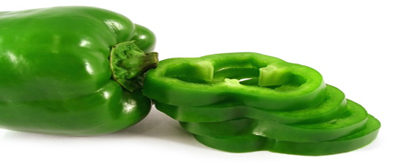Table grapes are one of the most widely-grown fruit crops in Egypt. It’s considered to be the second most important fruit crop after citrus. Egyptian’s geographical spread of production enables fresh sweet grapes to be available From May to July.
Table grapes are grown from Alexandria in the north of Egypt to Aswan in the south. There are many varieties of table grapes produced in Egypt, like Early sweet, Superior, Thompson, Flame seedless, Crimson, and Red globe.
There’s always more competition every year because of the new grape plantations coming into production every year, so the only thing that keeps one ahead of others in the market is the ability of producing high quality grapes.
Egyptian onions, also known as tree or walking onions, are very hardy perennials. These fascinating onions form several small bulbs underground, plus they produce clusters of reddish hazelnut-sized bulblets that form at the top of each seed stalk.
CULTURE: Plant bulblets 5–6 inches apart, 1 inch deep, in rows spaced 12 inches apart. Once Egyptian onions have established themselves, you can harvest and cook with the bulbs at the base of the plant and replant the bulblets gathered from the top of the stems.
HARVEST: From late summer through early fall, use a garden fork to lift the clumps and separate the onions. In more severe microclimates, bulbs should be stored and planted in the spring. The underground bulbs have a very strong flavor and can be used in a wide variety of your favorite recipes. The stalk bulblets are somewhat spicy and are delicious pickled. They can also be used when pickling other garden vegetables.




